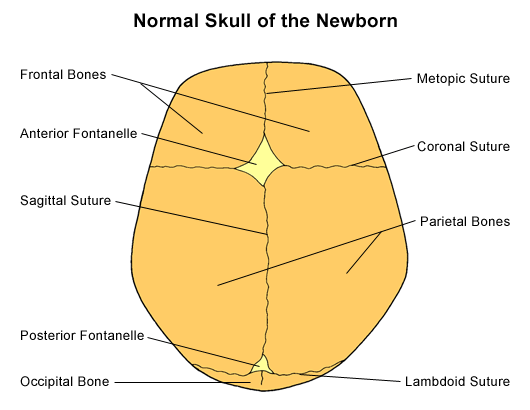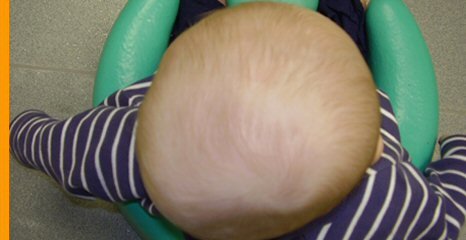I thought it might be useful to outline the sort of paediatric surgery Whipps offers. This post is being put together with the help of my surgical colleagues who are keen to continue receiving appropriate paediatric referrals from GPs. I will be updating it as and when I get the information from the different specialties.
A word from the anaesthetists: As a general rule all of our consultants on the on-call rota are currently able to anaesthetise any child, 3 years or above presenting as an emergency as long as they are ASA 1 or 2 and needing non body cavity surgery (appendicectomy excepted) with an expected duration of less than 2 hours. (“ASA 1 and 2” are children who are previously fit and well and those with a mild underlying systemic illness such as mild asthma.) We have three consultants who have had advanced training in paediatric anaesthesia (Drs. Williams, Singh and Radhakrishnan) who undertake regular elective paediatric lists who are happy to anaesthetise younger children.
GENERAL SURGERY (Mr Stephen Brearley) AND UROLOGY (elective surgery from 1 year of age, emergency surgery from 3 years of age):
Hernias (all types)
Foreskins
Undescended testicles
Lumps of all types
Tongue ties
Thyroglossal cyst
Emergency work in children over the age of 3 eg. suspected appendicitis
Please refer such things as in-grown toenails and verrucae to podiatrists rather than surgeons.
ENT:
(elective work from 6 months of age, emergency work from 3 years of age):
Lead Clinician, Mr. Sam Jayaraj
Dedicated Paediatric ENT clinics at WX:
Mr Jayaraj 3 per month at WX and 2 per month at Forest Medical Centre, Loughton (WX outreach clinic)
Mr Patel 2 per month at WX
Mr Kenyon 1 per month at WX.
N.B. We are in the process of setting up a Paediatric ENT Specialist Community Clinic (SCC) in conjunction with Dr Watkin and our audiological colleagues at Wood Street Clinic – watch this space!
ENT Surgical procedures offered at WX
Tonsillectomy
Adenoidectomy
Oral cavity lesions
Turbinate reduction
Obstructive sleep apnoea assessment
Nasal bone manipulation following trauma
Nasal cautery
Peri-orbital abcess drainage
Middle ear ventilation tubes (Grommets)
Pre-auricular sinus excision
Pinnaplasty (Mr Jayaraj and Mr Kenyon)
Myringoplasty/tympanoplasty
Mastoidectomy (Mr Nitesh Patel)
Cervical lymph node excision
Thyroglossal cyst excision
Branchial cyst excision
Tongue tie division
Thyroid surgery (Mr Papesch)
Tertiary paediatric ENT services not available at WX (these are rare conditions which require highly specialised nursing, anaesthetic and allied therapies support):
Cleft lip & palate surgery and craniofacial disorders
Paediatric head & neck malignancy
Cochlear implant surgery
Paediatric airway reconstruction surgery (i.e laryngotracheal reconstructive surgery etc)
Currently we refer these patients to our tertiary paediatric ENT colleagues at Great Ormond Street Hospital
OPHTHALMOLOGY:
Strabismus, eyelid, lacrimal, cataract (with infants being referred to Great Ormond Street where our ophthalmologist with a paediatric interest also works).
ORTHOPAEDICS:
MAXILLOFACIAL SURGERY:

